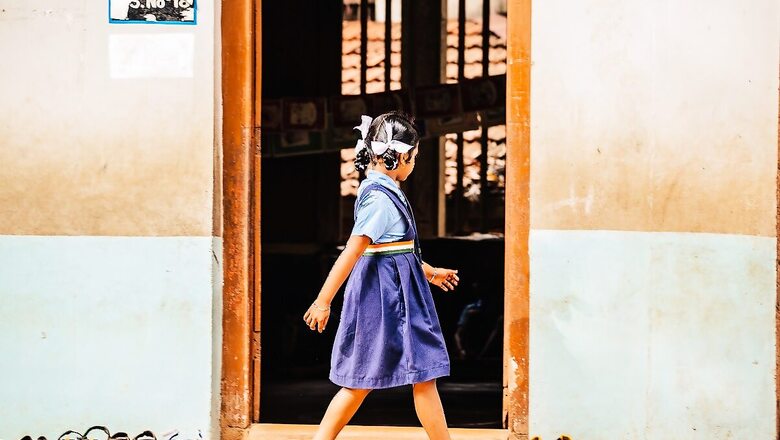
views
The Orissa High Court’s recent order quashing the move to close schools with low enrolment is good news for the marginalised communities, particularly the Adivasis and Dalits living in far-flung areas in the state.
The High Court on May 4, 2021, quashed a notification issued by the School and Mass Education Department in March 2020 to shut down nearly 11,560 primary schools; these schools with low student headcount were to be merged with nearby bigger schools.
Unity in diversity is the fundamental ethos of Indian culture, land and people but the education system seems to be heading in the opposite direction. In the name of quality education, small schools with enrolment of up to 38 students and two to three teachers were closed down by various state governments in the last five years.
In Chhattisgarh, during the previous regime, around 3,000 primary schools were closed between 2015 and 2017, by merging them with bigger schools in neighbouring villages. The reasons cited were rationalisation and consolidation. According to education activists, an estimated 11,000 children were impacted, mainly from the Adivasi communities, who dropped out of school as it was difficult for them to walk two to three miles through dense forests to reach school.
The Orissa High Court’s decision will ensure education to Adivasi and Dalit children in their villages until Class V. However, proper enforcement of the decision will be crucial. Just reopening of schools won’t clear the dust that has settled on our public education system. There is a high probability that these schools may stumble upon an un-enabling ecosystem, which has no respect for marginalised Adivasi and Dalit communities, their culture and their beliefs. The resources invested in such schools must be adapted to the particular needs of the communities.
It is important to understand that when an Adivasi or a Dalit child joins a school which is so different from their world view and beyond their realm of understanding, they may consider dropping out. What makes it worse is that they may be first-generation school-goers and their parents may not be able to help them out with a very alien course being taught at school, which can also become a reason to drop out. The investment for a distant dream, which they are never going to realise, may seem like a futile investment of their time, money and other resources.
It is, therefore, extremely important to take appropriate steps to ensure children do not drop out. Multilingual Education (MLE) started in many Adivasi-dominated states, including Odisha and Chhattisgarh, is one such progressive step. It is important that other threads of Adivasi lives are woven in their curriculum—their relationship with forests, water, land and other ecosystems. It is important to understand and address issues like ‘How they perceive government machinery?’; ‘How these interventions are changing their traditional systems?’; ‘How sensitive to local culture and beliefs are the teaching learning materials?’ A recent research by Brunel University on Education shows that for “rural children, their parents and teachers, schooling is an engagement with the abstract. The content and practices of schooling fail to connect with their everyday rural lives.”
To strengthen these schools at the village level, school management committees (SMCs) need to be activated. Regular interaction between parents and teachers regarding children’s learning will also help. Teachers attend training on pedagogy and teaching methods, but issues like local culture, Adivasi beliefs and discrimination are not covered intensively, something that is repeatedly raised by Adivasi activists. It is assumed that teachers from the same district or division will know it all, but it is not necessarily true as the Indian society is divided along caste, class and ethnic lines.
The Orissa High Court’s decision is a welcome move. However, much more needs to be done to make these schools actually serve their purpose of educating the marginalised communities and providing them an enabling environment, free of discrimination and humiliation. Inclusive quality education, contextualised and adaptive teaching pedagogies and community engagement can go a long way in making these schools perfect training grounds for responsible and contributing citizens who come from the most marginalised and excluded societies of India.
Read all the Latest News, Breaking News and Coronavirus News here.



















Comments
0 comment